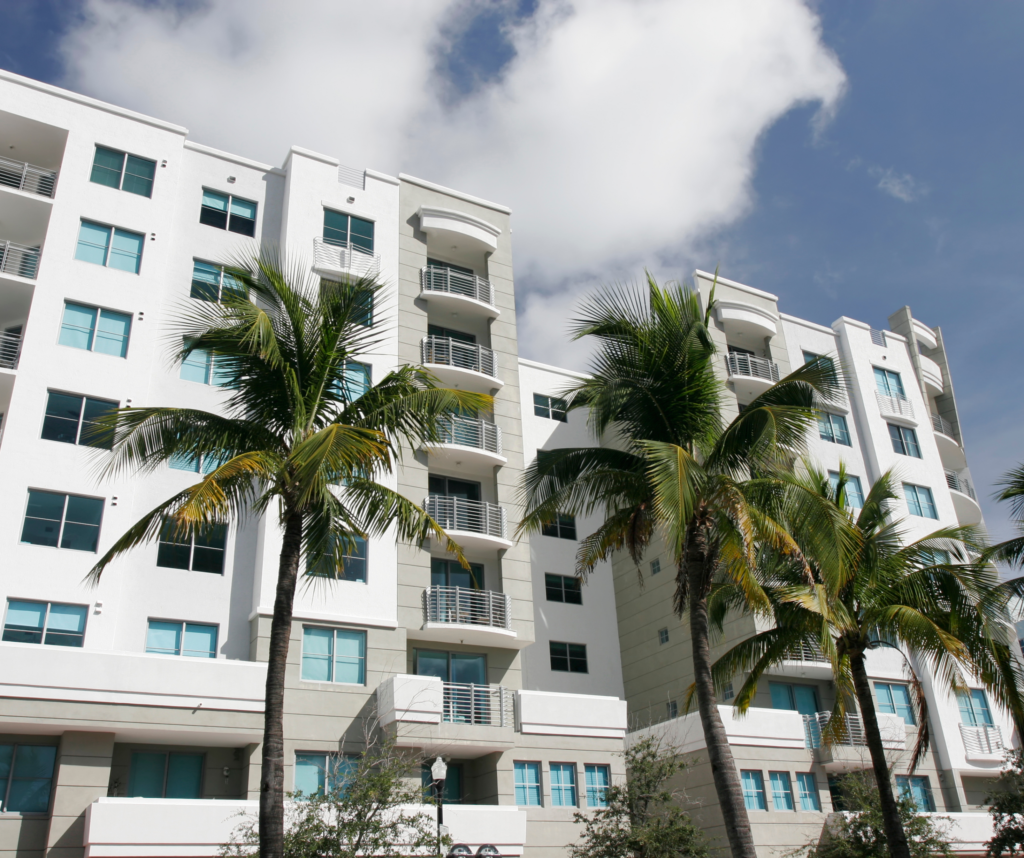If you live in California, you probably understand the importance of protecting your residential and commercial properties from damage and the associated costs. California’s unique history, location, and climate make insurance policies critical for residents. One of the best insurance policies is the homeowners association insurance, which covers several liabilities.
What is HOA Insurance?
A homeowners association (HOA) is a nonprofit in charge of a residential community, including planned developments, gated neighborhoods, and condominiums. HOAs comprise members, a governing board of directors elected by the homeowners. HOAs are responsible for maintaining common areas, enforcing community rules, and complying with the legal provisions. Homeowners can use HOA insurance to protect their members and communities from risks and liabilities. Investing in comprehensive insurance coverage helps HOAs stay afloat in disasters or events that are financially draining.
Benefits of HOA Insurance
Homeowners can enjoy more protection against property damage, liability coverage, financial stability, and professional risk management when they take HOA insurance. Other benefits include comprehensive coverage options for directors and officers, workers’ compensation, and umbrella coverage for additional claims outside the limits of the HOA policy. Taking HOA insurance also helps homeowners comply with state regulations (the Davis-Stirling Act) and manage insurance costs.
The Major Risks in California
As a California resident, you’re familiar with various weather conditions, from sunny days to cold, freezing months. You may also have endured certain risks and events that leave damages and dent pockets. These include:
Wildfires
California has a history of wildfires that have left trails of destruction and financial burdens over the years. The recent fires in Los Angeles are one of the biggest since 2000; the L.A. Times has estimated the damages to be over $250 billion. These financial burdens, while heavy, can be reduced by insurance providers. California residents face significant risks of wildfires due to climate change. Reduced rainfall, dried-out vegetation, and the increasing overlap between seasons, draughts, and strong winds worsen the risk of wildfires.
Floods and Landslides
Floods and landslides are another concern for California residents. Heavy rainfall around the state between October and April sometimes triggers floods and increases the risk of mudslides. In February 2024, over 500 mudslides occurred after heavy storms, leaving an estimated $11 billion in damages (according to AccuWeather). The risks of floods and mudslides increase with climate changes that worsen natural events.
Earthquakes
Although the occurrence is less frequent than floods and wildfires, earthquakes happen in California and are just as devastating to lives and property. A 4.7 magnitude earthquake recently struck Northern California on 7 January 2025. The risk of earthquakes and aftershocks leaves residents wary of potential damages and the financial implications.
Long-Term Climate Change Impacts
Climate change is impacting the world in various ways. Most countries/regions feel the impact through worsened natural disasters, draughts, and hotter temperatures. In California, the long-term effects of climate change pose serious risks to lives and properties. With the cost of living increasing, residents may face more challenges when moving on after disasters.
The Impact of California Risks on HOA Insurance Rates
In addition to the physical and emotional burdens, those affected by disasters may face overwhelming financial burdens. In California, the risks residents face impact the insurance industry in different ways, such as the costs, available options, and access to insurance.
Rising Insurance Costs
The increased frequency of natural disasters, higher claim payouts, and other challenges force insurers to increase premiums to serve their customers. The impact of increasing premiums across the industry is worrisome, especially for those in disaster-prone areas. Increasing premiums is a long-term problem across various sectors/industries, such as automotive, commercial, and residential property. HOAs also report increased insurance costs with some insurers as they must consider catastrophe factors, reinsurance costs, price regulations, and coverage in high-risk areas.
Insurers Withdrawal
A direct consequence of the increasing frequency of natural disasters is that some insurers withdraw coverage for high-risk areas. The cost of insurance coverage can severely impact insurers, leading to challenges with payments and profitability. Since 2022, for instance, around a dozen HOA insurers have quit California, stopped selling new policies, or cut existing ones.
Limited Options
As insurers reduce their coverage or policies, homeowners and HOAs face limited protection options during disasters. Although the demand for insurance coverage is rising, insurers face uphill tasks in providing suitable policies for their clients. A combination of rising premiums and increased risks limits insurance options and makes it crucial for HOAs to find extensive coverage for their communities.
How Insurers Keep Serving Clients
Insurance companies understand the crucial service they provide and the relief clients get from payouts to rebuild their lives after a disaster. For these reasons, insurers like NEXTIER Insurance reaccess coverage and premiums to meet new challenges. For example, reinsurance is now commonly used to spread the risk. Insurers also implement new state and federal regulations and offer special coverages within broad HOA insurance.
Getting the Right Coverage
When taking insurance policies, HOA boards must find the right provider with extensive coverage. This is necessary to ensure that homeowners are always covered in the event of any disaster and that they can pick up their lives with the least financial discomfort. Here’s how you can find the best coverage for your HOA:
- Understand Your Needs: Speak with an insurance agent to understand your needs. Consider the unique needs of the HOA members and the communal needs.
- Research Insurance Companies: Ask for recommendations, read company policies and online reviews, and check for accreditations and experience. You can filter the top insurers this way.
- Contact the Companies: Contact and discuss your needs with the insurers. This step is critical to understand your budget and the potential costs. Evaluate the contracts to understand the benefits and commitments.
How NEXTIER Insurance Helps
Finding a HOA insurance provider with a client-friendly premium is important today, given the increased rates and other coverage challenges. With NEXTIER Insurance, you are sure of a committed insurer with a client-first approach. Whatever your insurance needs, we are here to help you find the best solutions. Reach out, and we’ll discuss protecting your HOA with the right policy.







